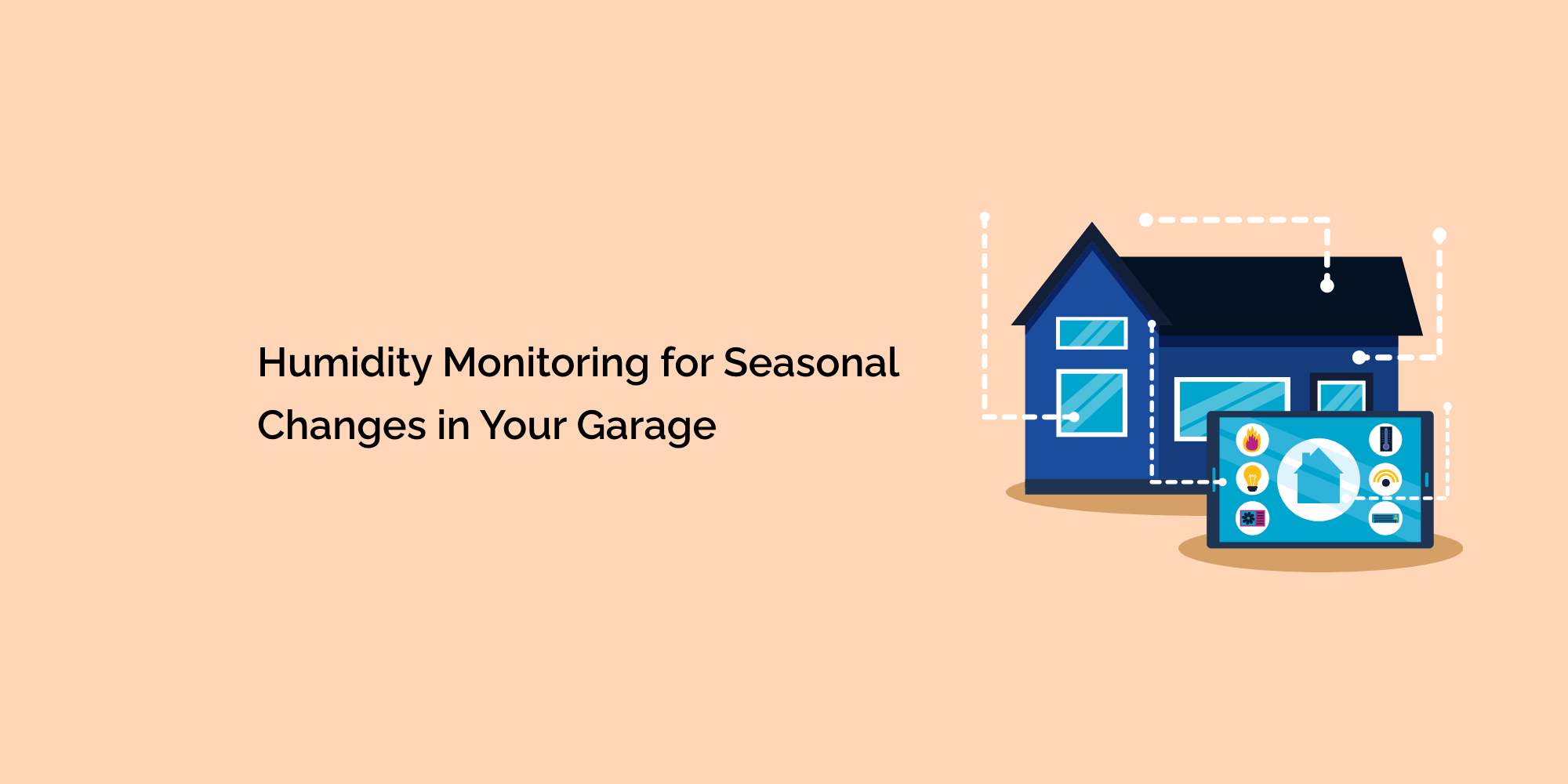Your garage is a versatile space, serving as a storage area, workshop, or even a home gym. However, it's important to remember that the garage is vulnerable to environmental changes, especially fluctuations in humidity.
Seasonal changes can significantly impact the humidity levels in your garage, potentially causing damage to your belongings or affecting the functionality of the space.
This blog will guide you through the importance of humidity monitoring in your garage during seasonal changes and offer tips on how to maintain the ideal conditions.
Understanding Seasonal Humidity Changes
Seasonal humidity changes are a natural part of the climate. Depending on your location, you may experience varying levels of humidity throughout the year. Humidity is the amount of water vapor in the air, and it can impact your garage in several ways:
-
Summer Humidity: During the summer, high humidity levels can create a muggy and uncomfortable environment in your garage. This excess moisture can lead to mold and mildew growth, rusting tools and equipment, and potentially damaging stored items.
-
Winter Humidity: In contrast, winter often brings drier air. Low humidity levels can cause wooden structures in your garage to shrink and warp, while also increasing the risk of static electricity buildup.
The Impact of Humidity on Your Garage
Monitoring humidity in your garage is crucial because it can have a significant impact on the following:
-
Belongings: Items stored in your garage, including clothing, documents, electronics, and even vehicles, can be damaged by excessive humidity or prolonged exposure to dry conditions.
-
Health: High humidity can promote mold growth, which can lead to respiratory issues and other health concerns. Dry air in the winter can cause skin and throat discomfort.
-
Structural Integrity: Humidity changes can affect the structural integrity of your garage, potentially leading to issues like mold growth, wood damage, and corrosion of metal surfaces.
Tips for Effective Humidity Monitoring
-
Invest in a Hygrometer: The first step in managing humidity in your garage is to acquire a hygrometer, a device used to measure humidity levels. Place the hygrometer in an easily accessible location so you can monitor changes regularly.
-
Set Ideal Humidity Levels: For most garages, maintaining humidity levels between 30-50% is ideal. High-quality dehumidifiers and humidifiers can help you achieve and maintain these levels.
-
Use Sealants: Properly sealing your garage doors and windows can help reduce moisture and air infiltration, minimizing the impact of seasonal humidity changes.
-
Ventilation: Ensure proper ventilation by keeping windows and doors open when possible, especially during the summer months. Consider installing exhaust fans for added circulation.
-
Insulate and Weatherstrip: Adequate insulation and weatherstripping can help regulate temperature and humidity in your garage, ensuring it remains comfortable throughout the year.
-
Monitor Regularly: Make it a routine to check your hygrometer and adjust your dehumidifier or humidifier settings as needed. Seasonal variations may require different settings.
Conclusion
Maintaining proper humidity levels in your garage is essential for preserving the condition of your belongings and the overall functionality of the space. By understanding the impact of seasonal humidity changes and investing in effective humidity monitoring and control tools, you can create a comfortable and safe environment in your garage, ensuring it serves its purpose year-round. Be proactive, and your garage will remain a valuable and versatile part of your home.








